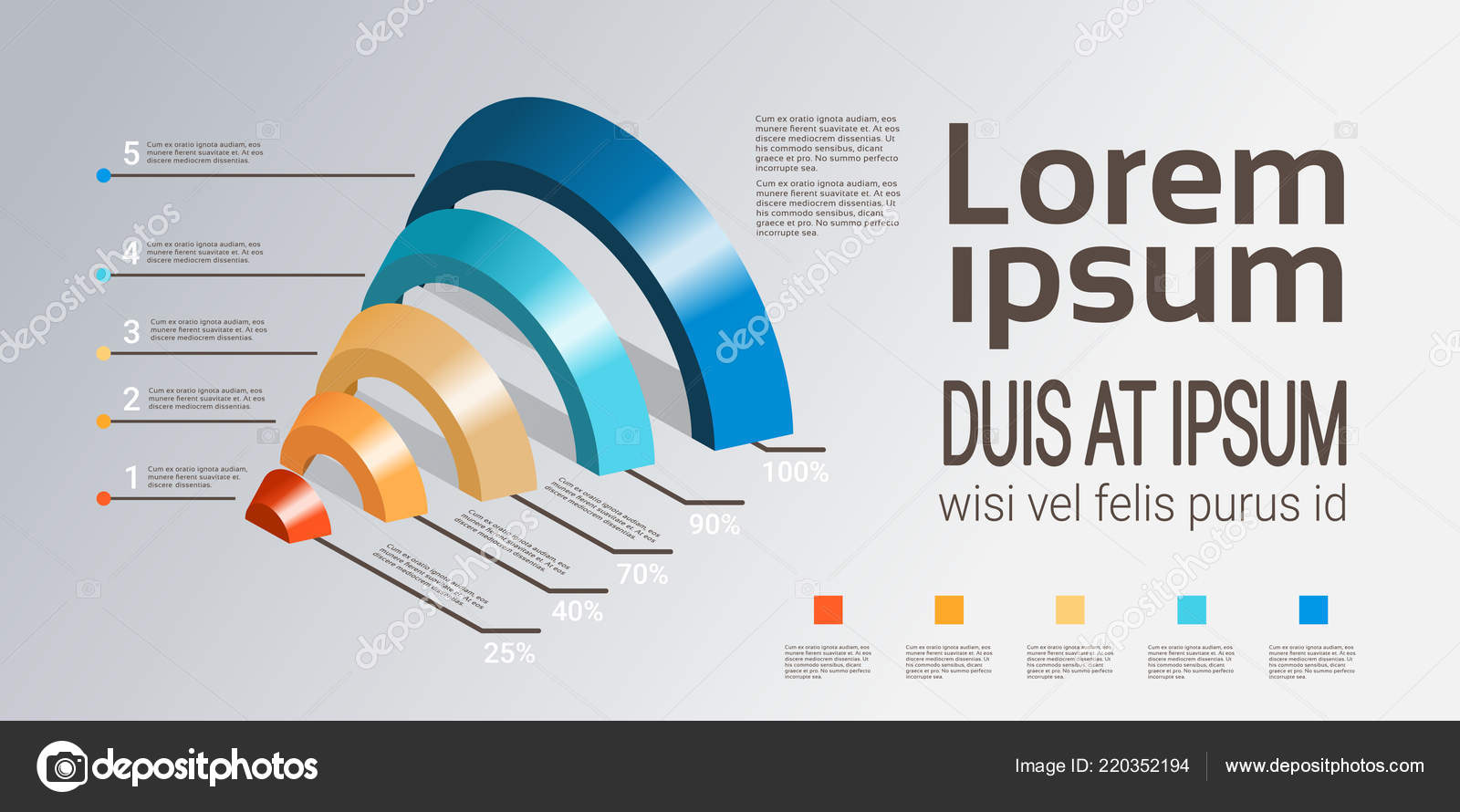Keen To Find Exactly How Website Layout Has Changed With Time? Study The Advancement From Simplicity To User-Focused Experiences
Keen To Find Exactly How Website Layout Has Changed With Time? Study The Advancement From Simplicity To User-Focused Experiences
Blog Article
Short Article By-Tobiasen Lunde
In the past, sites were easy and focused on information. Navigation was straight, and layout was for desktop computers. Currently, user experience is crucial. Data guides styles for easy navigating. Responsive formats match various devices. Today, dark mode decreases strain, and minimalist menus boost navigation. Interactive attributes engage customers, and strong visuals attract attention. AI assimilation boosts engagement. See exactly how layout has developed to boost your on-line journey.
Very Early Days of Web Design
In the very early days of web design, simplicity reigned supreme. Internet sites were standard, with minimal shades, font styles, and designs. The emphasis got on supplying information as opposed to showy visuals. https://www.accountingtoday.com/list/4-b2b-content-marketing-strategies-that-get-results-for-firms accessed the web with slow dial-up links, so speed and performance were vital.
Navigation food selections were straightforward, usually located on top or side of the page. Websites were developed for desktop, as mobile browsing wasn't yet prevalent. Web content was king, and developers prioritized simple readability over complicated design aspects.
HTML was the primary coding language used, and developers had to function within its restrictions. Animations and interactive functions were marginal contrasted to today's criteria. Sites were fixed, with little vibrant content or individualized individual experiences.
Increase of User-Focused Design
With the advancement of website style, a shift in the direction of user-focused layout principles has actually become significantly prominent. Today, developing websites that focus on individual experience is essential for engaging visitors and accomplishing organization goals. User-focused style entails recognizing the requirements, choices, and habits of your target audience to customize the site's design, content, and includes as necessary.
linked here conduct detailed research study, such as user surveys and use testing, to gather insights and responses straight from users. This data-driven approach helps in developing intuitive navigating, clear calls-to-action, and visually attractive interfaces that reverberate with site visitors. By placing the customer at the center of the layout process, web sites can provide a more customized and satisfying experience.
Responsive style has actually likewise emerged as a vital facet of user-focused style, making certain that web sites are enhanced for numerous tools and display sizes. This adaptability boosts accessibility and use, dealing with the diverse ways individuals communicate with sites today. Basically, the surge of user-focused design represents a change towards producing electronic experiences that focus on the requirements and expectations of the end user.
Modern Trends in Web Design
Explore the latest patterns forming web design today. One famous trend is dark setting style, offering a streamlined and modern appearance while lowering eye stress in low-light atmospheres. An additional crucial fad is minimal navigating, streamlining food selections and boosting user experience by focusing on essential elements. Integrating micro-interactions, such as computer animated buttons or scrolling effects, can create an extra appealing and interactive web site. Receptive style continues to be important, guaranteeing seamless customer experiences across various tools. Additionally, utilizing vibrant typography and unbalanced designs can include visual rate of interest and accentuate details web content.
Incorporating AI innovation, like chatbots for consumer support or tailored recommendations, boosts user involvement and simplifies processes. Access has likewise come to be a significant pattern, with developers focusing on inclusive layout practices to deal with diverse user needs. Accepting sustainability by optimizing site performance for speed and effectiveness is an additional arising fad in web design. Collaborating with user responses and data analytics to iterate and boost style continuously is important for staying appropriate in the ever-evolving electronic landscape. By accepting these contemporary trends, you can create a visually appealing, user-friendly internet site that reverberates with your target market.
Conclusion
As you assess the development of web site design from the very early days to now, you can see just how user-focused style has become the driving pressure behind contemporary trends.
Embrace the trip of modification and adaptation in website design, constantly keeping the user experience at the leading edge.
Remain present with the latest trends and innovations, and never ever quit advancing your approach to create visually sensational and straightforward websites.
Progress, adjust, and create - the future of web design remains in your hands.
